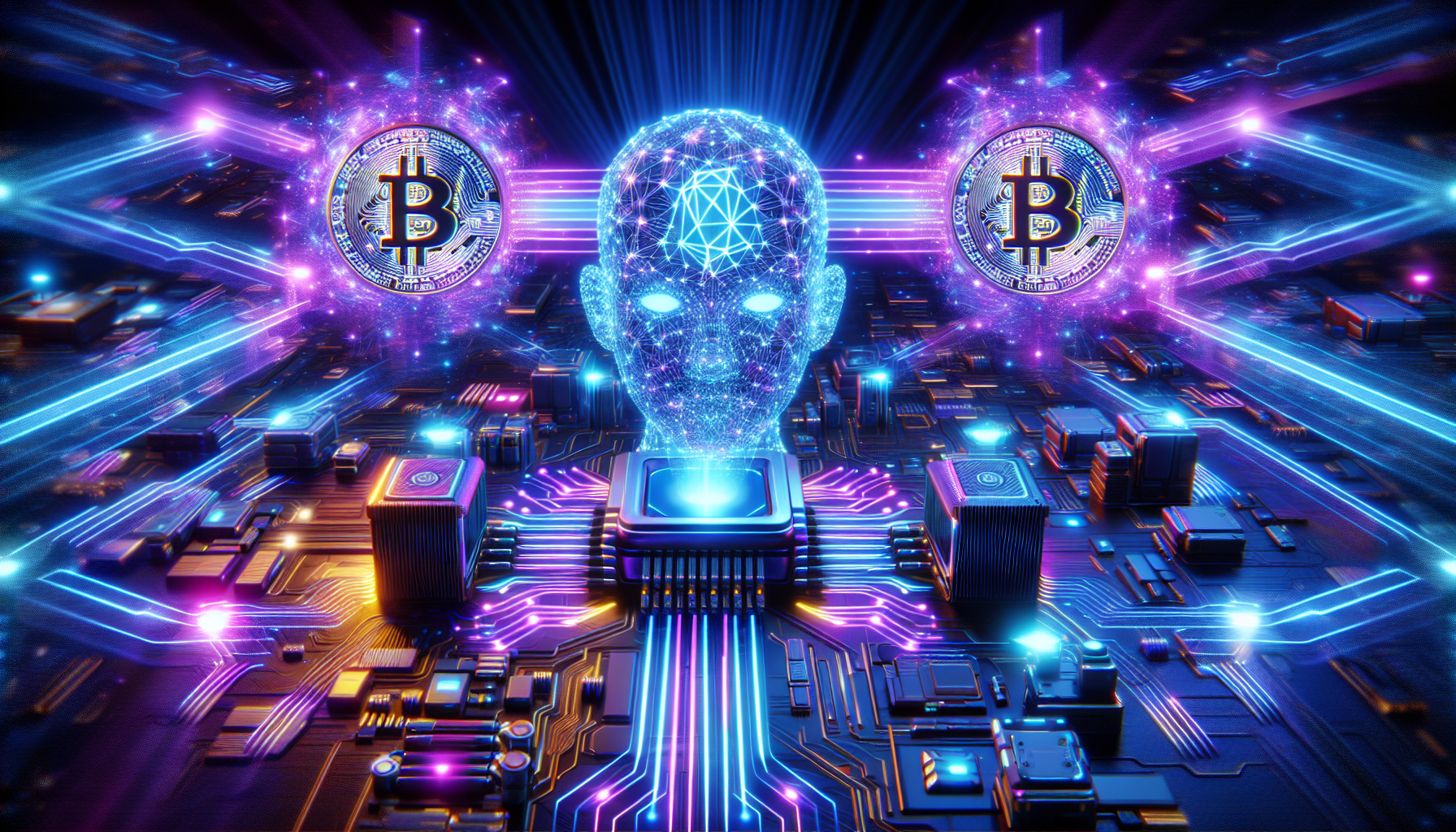
tl;dr
Bitcoin miners are drowning in debt as AI expansion forces them to invest heavily in new tech, creating a volatile showdown between cryptocurrency mining and artificial intelligence infrastructure.
**Bitcoin Miners' Debt Surges as AI Expansion Reshapes Industry**
The cryptocurrency mining sector is facing a dramatic shift as debt levels among Bitcoin miners have skyrocketed, climbing from $2.1 billion to $12.7 billion in just 12 months, according to a report by investment firm VanEck. This surge is driven by the relentless demand for both Bitcoin production and artificial intelligence (AI) infrastructure, forcing miners to invest heavily in cutting-edge equipment to maintain their competitive edge.
**The "Melting Ice Cube Problem" and Rising Debt**
VanEck analysts Nathan Frankovitz and Matthew Sigel, authors of the October Bitcoin ChainCheck report, highlight the challenge miners face: without continuous investment in advanced hardware, their share of the global Bitcoin hashrate declines, reducing their Bitcoin rewards. This dynamic, dubbed the "melting ice cube problem," underscores the need for miners to constantly upgrade their operations.
Historically, miners relied on equity financing to fund these costly capital expenditures (Capex). However, the analysts note that equity is often more expensive than debt. "Miners’ revenues are difficult to underwrite due to their reliance on Bitcoin’s volatile price," they explained. "Debt, in contrast, offers a more stable financing option, albeit with risks tied to Bitcoin’s market fluctuations."
Industry data from *The Miner Mag* reveals that public miners have raised $4.6 billion in debt and convertible notes in Q4 2024, with $200 million in early 2025 and $1.5 billion in Q2 2025, illustrating the sector’s growing reliance on debt.
**Diversification into AI and HPC: A New Revenue Stream**
To mitigate Bitcoin’s price volatility, many miners are pivoting toward AI and high-performance computing (HPC) services. The April 2024 Bitcoin halving, which cut mining rewards to 3.125 BTC per block, has intensified pressure on profitability. By leasing energy capacity for AI and HPC workloads, miners secure more predictable cash flows through multi-year contracts.
"This shift has enabled miners to diversify revenues and lower their cost of capital," Frankovitz and Sigel noted. Examples include Bitfarms’ $588 million convertible note offering for AI infrastructure, TeraWulf’s $3.2 billion senior secured notes for data center expansion, and IREN’s $1 billion convertible notes for general corporate use.
**AI Expansion Poses No Threat to Bitcoin Network**
Despite concerns, the analysts assert that the shift to AI does not jeopardize Bitcoin’s security. "AI’s demand for electricity is a net benefit to Bitcoin," they argued. Miners can leverage excess capacity during periods of low AI activity to validate Bitcoin transactions, effectively subsidizing data centers designed for AI and HPC.
Additionally, AI inference workloads experience cyclical demand tied to human activity, creating opportunities for miners to optimize energy use. "This synergy between Bitcoin and AI enhances efficiency in both financial and electrical capital," the report states.
**Cost-Cutting Innovations on the Horizon**
Some miners are exploring ways to monetize surplus energy when AI demand wanes, potentially reducing reliance on costly backup power sources like diesel generators. While still conceptual, this approach could further bridge the gap between Bitcoin mining and AI infrastructure, fostering greater operational efficiency.
**Conclusion**
The Bitcoin mining industry is navigating a complex landscape of rising debt, technological upgrades, and diversification into AI. While challenges persist, the sector’s adaptability—marked by strategic debt financing, AI integration, and energy optimization—signals a transformation that could strengthen both Bitcoin’s network and the broader crypto ecosystem. As miners balance speculative Bitcoin rewards with stable AI revenue, the interplay between these technologies may define the future of decentralized computing.